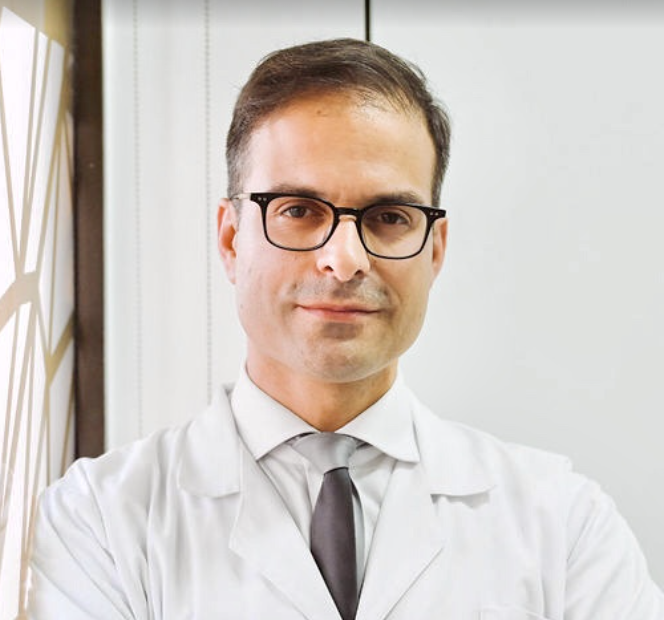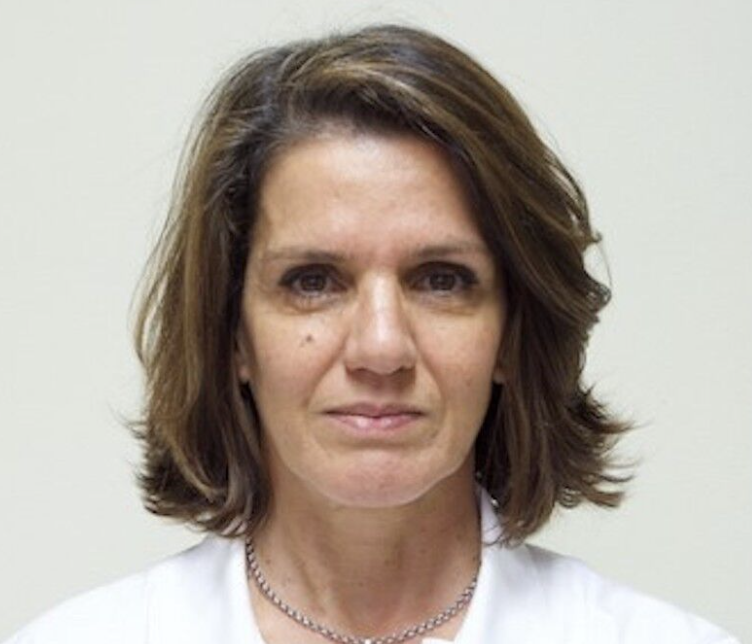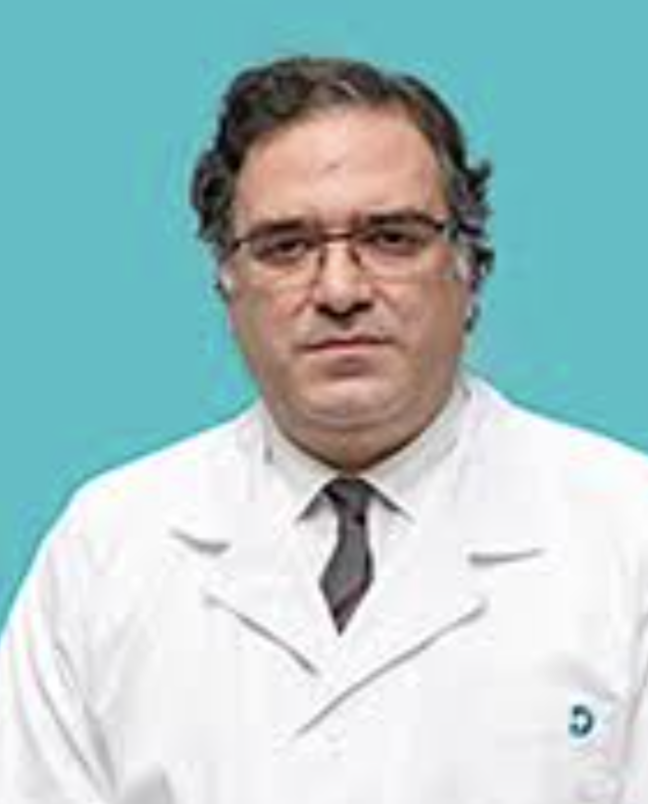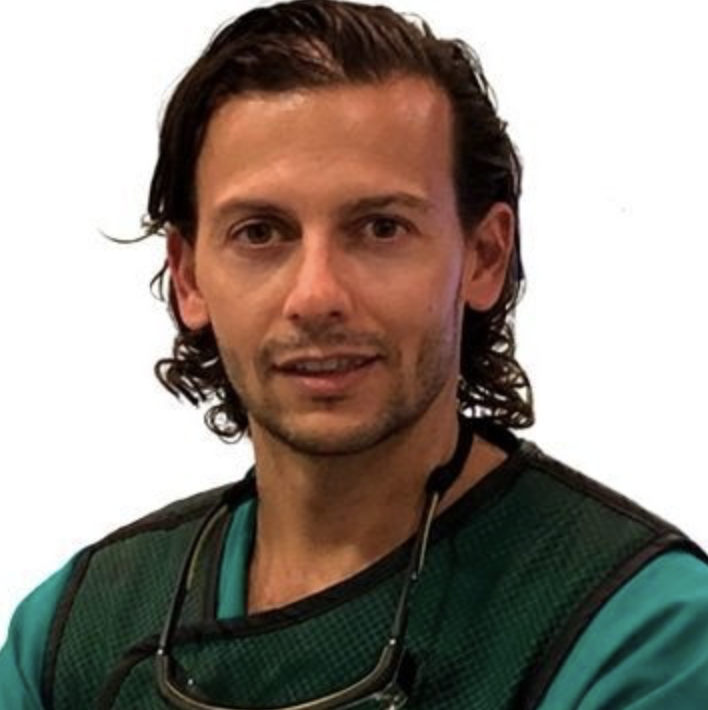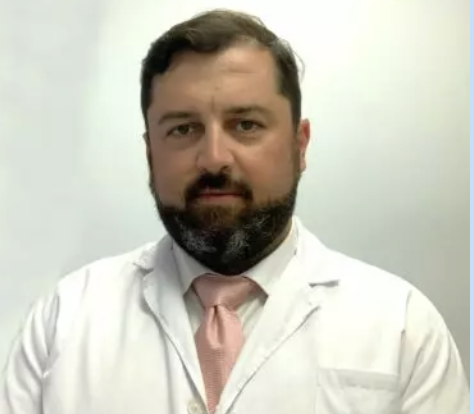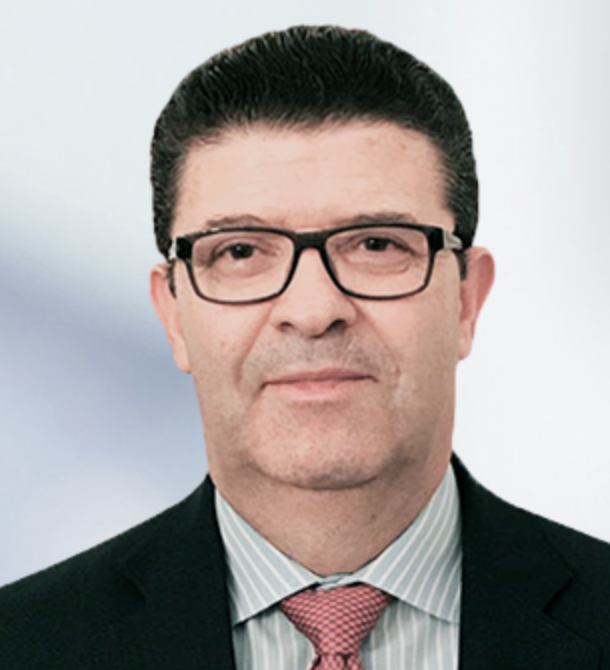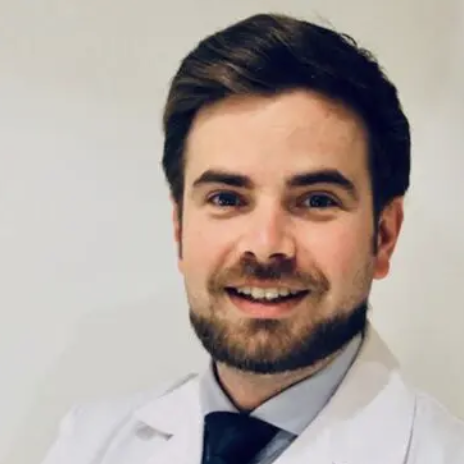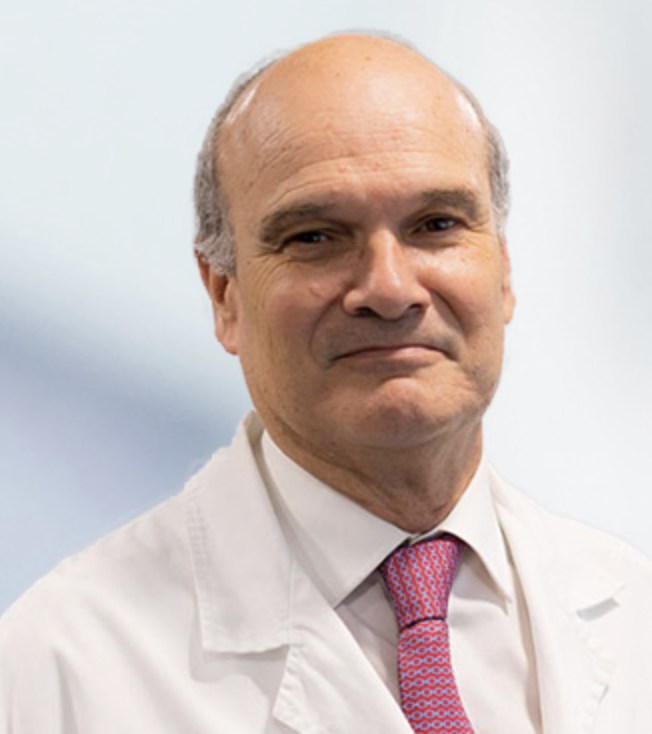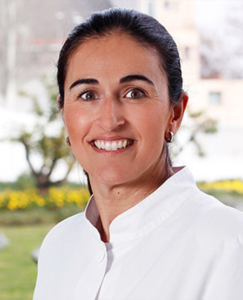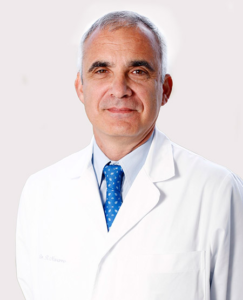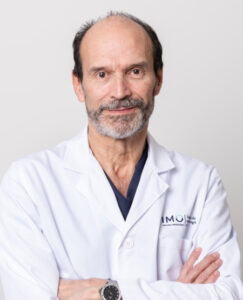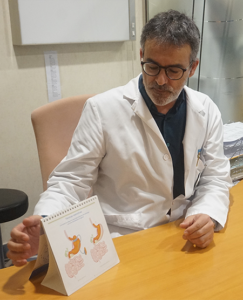- Monday to Sunday 08:00 - 20:00
- +353 (0)1 267 8011
- info@healthcareabroad.ie
Knee Reconstruction
Before Travelling
Preparing for Your Knee Reconstruction Journey
Embarking on a journey towards improved health through a knee reconstruction surgery requires a seamless process to ensure your comfort and well-being. Here’s a step-by-step guide to help you navigate the stages before your travel:
- Identification of Treatment Need -Your first step is to consult with your General Practitioner (GP) or consultant who will assess and identify the necessity for knee reconstruction surgery.
- Initiate Contact with Healthcare Abroad– Once the need for treatment is established, either you or your GP can initiate contact with Healthcare Abroad. Our dedicated team is ready to guide you through the process of receiving surgery in an EU country under the cross border directive.
- Referral and Diagnostic Coordination-The Healthcare Abroad team will collaborate with your GP to arrange a referral letter and any essential diagnostic tests. We streamline this process by providing the results directly to the chosen hospital.
- Hospital and Surgeon Matching– Our team, with a vast network of hospitals and skilled surgeons, will carefully match your requirements to ensure you receive personalized care.
- Financial Assistance– If needed, we can assist you in organizing your finances through Irish credit unions, making the financial aspect of your healthcare journey hassle-free.
- Surgery Planning and Documentation– Coordinating with the selected hospital, we facilitate the arrangement of surgery dates and ensure all necessary files are sent for review.
- Confirmation of Travel Dates– Once your healthcare plan is confirmed, we liaise with the hospital team to finalize your travel dates and healthcare schedule.
- Arrival and Out-Patient Appointment– Upon arrival at the hospital, you’ll have an out-patient appointment with your consultant the day before the scheduled treatment, ensuring all pre-operative concerns are addressed.
- Post-Surgery Paperwork– After your surgery, we take care of finalizing all paperwork, submitting it to the Health Service Executive (HSE) on your behalf, and ensuring a prompt refund process.
- Report to Local GP– To maintain continuity of care, your GP will receive a comprehensive report from the hospital regarding the treatment received, updating your local medical records accordingly.
With these meticulous steps, you can embark on your healthcare journey with confidence, knowing that Healthcare Abroad is dedicated to ensuring a smooth and supportive process for your knee reconstruction surgery abroad.
About the Procedure
What is a ruptured anterior cruciate ligament ?
A ruptured anterior cruciate ligament (ACL) occurs when the ligament located inside the knee joint, connecting the anterior part of the tibia to the posterior part of the femur, tears due to trauma. This ligament plays a crucial role in preventing the tibia from sliding forward and stabilizing the knee during rotational movements. When it ruptures, it can lead to knee instability and a sensation of locking, particularly noticeable during sports activities or rotational movements of the leg.
Why do I need an operation ?
An operation is necessary for a ruptured anterior cruciate ligament because it doesn’t heal effectively on its own and can lead to varying degrees of knee instability from person to person. Without intervention, certain sports activities and movements become challenging or impossible, increasing the risk of instability-related accidents that can further damage the cartilage, menisci, and other ligaments. Over time, this can result in the gradual deterioration of the joint. The goal of anterior cruciate ligament reconstruction surgery is to restore a perfectly stable knee, enabling individuals to engage in all types of activities while preventing further damage to the cartilage, meniscus, and joint itself.
How is the procedure is carried out?
Arthroscopic anterior cruciate ligament (ACL) reconstruction is a surgical procedure aimed at replacing the ruptured ligament within the knee joint. Unlike traditional open surgery, this procedure is performed arthroscopically, meaning it’s done without directly opening the knee joint. Arthroscopy offers advantages such as preserving the anatomical structure and accessing the joint without causing significant muscle damage. This technique results in minimal blood loss and promotes faster post-operative recovery.
During the procedure
- An arthroscope, a small camera, is inserted into the joint to visualize the ruptured ligament and assess any damage to the meniscus and cartilage.
- Several small instruments are then inserted to perform the surgery.
- A small incision is made to harvest a portion of tendon from either the patellar tendon (for the Kenneth-Jones technique) or two tendons in the thigh (for the hamstring technique). This tendon segment is used to construct the new ligament, which is then placed within the knee to replace the ruptured ligament. It is secured in place using resorbable screws.
- This harvesting of tendon typically has minimal impact on its function, as the tendon heals and regains functionality almost as effectively as before the operation.
- Concurrent treatment of meniscal lesions may also be performed during the procedure. Meniscal suturing is carried out to preserve the integrity of the meniscus whenever possible. If a lesion cannot be sutured, it may need to be removed.
- The operation typically lasts about 1 hour and requires a hospital stay of around 3 days.
- Anesthesia options include regional or general anesthesia, chosen based on individual health considerations in consultation with an anesthesiologist.
- Following the operation, incisions are covered with sterile dressings, which remain in place for approximately 10 days. Pain management is closely monitored and adjusted as needed during the post-operative period. A knee brace is utilized to immobilize and protect the knee.
After the procedure
Following arthroscopic anterior cruciate ligament (ACL) reconstruction, post-operative rehabilitation plays a crucial role in the recovery process. This rehabilitation can be conducted under the guidance of a physiotherapist or at a rehabilitation center.
The objectives of post-operative rehabilitation include:
- Reducing initial pain and maintaining flexibility and mobility.
- Restoring muscle strength and sensation in the knee.
Here’s a general timeline for post-operative rehabilitation:
First 3 weeks:
- A brace will be worn for the entirety of this period.
- During the first week, the knee is kept straight using the brace. Crutches will be provided to assist with mobility, allowing you to avoid putting too much weight on the knee.
- From the second week onwards, crutches may no longer be necessary, and the brace will be unlocked to allow bending of the knee.
- By the end of the third week, you should be able to walk normally without any additional protection.
Driving and returning to work:
- It’s typically recommended to wait about a month before resuming driving.
- Return to work can vary depending on your profession, typically occurring between the first and third months post-surgery. Office workers may return to work sooner than others.
Resumption of sports activities:
- Low-impact activities such as swimming, cycling, and running without twisting can be resumed in the third month post-surgery.
- Full resumption of all sports may need to wait until around 6 months post-surgery.
- It may take an additional 1 or 2 months to fully recover natural reflexes and return to competitive sports.
The timeline provided is a general guideline, and actual recovery times may vary depending on individual factors such as the extent of the injury, overall health, and adherence to rehabilitation protocols. It’s important to follow the guidance of your healthcare team throughout the recovery process for optimal outcomes.
Risks and Complications
In addition to general surgical risks and those associated with anesthesia, arthroscopic anterior cruciate ligament (ACL) reconstruction surgery carries specific risks and potential complications:
- Joint stiffness: Inadequate or improper post-operative rehabilitation can lead to joint stiffness, affecting mobility and function.
- Exacerbated inflammatory reactions: In some cases, post-operative inflammation may escalate, possibly manifesting as algodystrophy. However, newer treatments are available to manage this rare complication more effectively.
- Hematoma: Bleeding around the surgical site can result in the formation of a hematoma. Depending on its severity, drainage may be necessary to alleviate discomfort and aid in healing.
- Infection: While rare due to the minimally invasive nature of arthroscopic surgery, infections can occur. Treatment typically involves knee lavage (flushing), a course of antibiotics, and, in severe cases, surgical revision.
- Deep vein thrombosis (DVT): Small blood clots may form in the veins of the legs, leading to phlebitis (inflammation of the veins). Anti-coagulant treatment over several weeks may be necessary to prevent complications associated with DVT.
It’s important to note that this list of risks is not exhaustive. Your surgeon will provide additional explanations and be available to discuss the potential disadvantages and risks of the operation with you. As with any medical procedure, thorough communication with your healthcare team and adherence to post-operative instructions can help minimize risks and optimize outcomes.
When you return home
Continuing Care at Home: Your Path to Lasting Recovery
Your journey towards improved mobility and well-being doesn’t conclude when you return home after your knee replacement surgery. Proper care during the post-surgery period is crucial for ensuring a smooth and lasting recovery. Follow these guidelines to make the most of your rehabilitation and enjoy the benefits of your new knee:
- Follow Your Rehabilitation Plan: Adherence to the prescribed rehabilitation plan is paramount. Your healthcare team, both in the hospital and at home, will provide you with specific exercises and activities to support your recovery. Consistency is key, so make these exercises a regular part of your routine.
- Pain Management: It’s normal to experience some discomfort during the initial stages of recovery. Follow the prescribed pain management plan, taking medications as directed by your healthcare provider. Communicate any concerns or changes in pain levels to your healthcare team promptly.
- Monitor Surgical Site: Keep a close eye on the incision site for any signs of infection or unusual changes. Follow the care instructions provided by your healthcare team, including proper wound cleaning and dressing changes. Report any redness, swelling, or increased pain to your healthcare provider.
- Gradual Return to Daily Activities: While it’s essential to rest and allow your body to heal, gradually reintroduce daily activities as advised by your healthcare team. Start with light tasks and progress at a pace that feels comfortable for you.
- Physical Therapy at Home: Continue the exercises prescribed by your physiotherapist at home. These exercises are designed to enhance your strength, flexibility, and overall joint function. Regular physical therapy at home will contribute significantly to your ongoing recovery.
- Healthy Lifestyle Choices: Support your recovery by maintaining a healthy lifestyle. Eat a balanced diet, stay hydrated, and engage in activities that promote overall well-being. A healthy lifestyle can positively impact your joint health and contribute to long-term success.
- Communication with Healthcare Providers: You are still under the care of the state when travelling with Healthcare Abroad. Stay connected with your local healthcare providers. Inform your General Practitioner (GP) about your surgery, and share any relevant information from your healthcare abroad experience. Regular check-ups with your GP will help monitor your overall health and address any concerns.
- Patient Support Groups:Consider joining local or online support groups for individuals who have undergone knee replacement surgery. Sharing experiences, tips, and encouragement with others who have faced similar challenges can be immensely beneficial. For example: There is a post operative Healthcare Abroad Facebook group for past patients.
- Long-Term Monitoring: Your healthcare team will provide guidance on long-term monitoring and follow-up appointments. Attend these appointments as scheduled to ensure that your progress is continually assessed, and any potential issues are addressed promptly.
- Enjoy Your Improved Quality of Life:Embrace the positive changes that come with your new knee. With proper care and dedication to your recovery plan, you can look forward to a more active and pain-free lifestyle.
- If needed you can contact with our surgeons via teleconference. Please contact Healthcare Abroad if you feel like this is necessary.
Remember, the journey to lasting recovery is a partnership between you and your healthcare team. By following these guidelines and staying engaged in your post-operative care, you’re laying the foundation for a future filled with improved mobility and enhanced well-being.
For any post-operative questions or concerns, do not hesitate to reach out to your local healthcare providers or contact Healthcare Abroad for ongoing support.
Meet some of our surgeons
-
![Michel Vleugels]()
Michel Vleugels
Gynecological Surgery
Spain
-
![Dr. Bruno Lourenço Costa]()
Dr. Bruno Lourenço Costa
Neurosurgery
Spain
-
![Dr. Ana Cristina Pinho]()
Dr. Ana Cristina Pinho
Gynecology and Obstetrics
Spain
-
![Dr. Alexandre Brandão]()
Dr. Alexandre Brandão
Orthopaedics
Spain
-
![Dr. Carlos Simões]()
Dr. Carlos Simões
Traumatology and Orthopedic Surgery
Spain
-
![Dr. Brenda Moura]()
Dr. Brenda Moura
Cardiology
Spain
-
![Dr. Armando Reis]()
Dr. Armando Reis
Urology
Spain
-
![Dr. António Miranda]()
Dr. António Miranda
Orthopaedics
Spain
-
![Dr. Ana Barbosa]()
Dr. Ana Barbosa
Gynecology and Obstetrics
Spain
-
![Dr Ana Azevedo]()
Dr Ana Azevedo
General surgeon
Spain
-
![Dr. Adamir Sampaio Dias]()
Dr. Adamir Sampaio Dias
Orthopaedics
Spain
-
![Dr. Rodrigo García Crespo]()
Dr. Rodrigo García Crespo
Traumatology and Orthopedic Surgery
Spain
-
![Dr. Adolfo Fontenla Cerezuela]()
Dr. Adolfo Fontenla Cerezuela
Cardiovascular Surgery
Spain
-
![Dr. Miguel Ortega De Santiago]()
Dr. Miguel Ortega De Santiago
Traumatology and Orthopedic Surgery
Spain
-
![Dr. Ruben Fole]()
Dr. Ruben Fole
Traumatology and Orthopedic Surgery
Spain
-
![Dr. Gregorio Arroyo Salcedo]()
Dr. Gregorio Arroyo Salcedo
Traumatology and Orthopedic Surgery
Spain
-
![Dr. Borja Alcobía Díaz]()
Dr. Borja Alcobía Díaz
Traumatology and Orthopedic Surgery
Spain
-
![Dr. Rafael Castejón Huete]()
Dr. Rafael Castejón Huete
Digestive Surgery General
Spain
-
![Dr. Evaristo Castedo Mejuto]()
Dr. Evaristo Castedo Mejuto
Cardiovascular Surgery
Spain
-
![Dr. Ángeles Casado Prieto]()
Dr. Ángeles Casado Prieto
Psychiatric
Spain
-
![Dr. Jorge Muñoz Cabrera]()
Dr. Jorge Muñoz Cabrera
Gynecological Surgery Gynecology and Obstetrics Womens Health Department
Spain
-
![Dr. Jorge Alió del Barrio]()
Dr. Jorge Alió del Barrio
Ophthalmology
Spain
-
![Dr. Pedro Amat]()
Dr. Pedro Amat
Ophthalmology
Spain
-
![Dr. Alejandra Amesty]()
Dr. Alejandra Amesty
Ophthalmology
Spain
-
![Dr. Jorge Alió Sanz]()
Dr. Jorge Alió Sanz
Ophthalmology
Spain
-
![Dr. Elena Arrondo]()
Dr. Elena Arrondo
Ophthalmology
Spain
-
![Dr. Alfonso Castanera]()
Dr. Alfonso Castanera
Ophthalmology
Spain
-
![Dr. José Luis Güell]()
Dr. José Luis Güell
Ophthalmology
Spain
-
![Dr. Javier Mendicute]()
Dr. Javier Mendicute
Ophthalmology
Spain
-
![Dr. Jose Alberto Muiños]()
Dr. Jose Alberto Muiños
Ophthalmology
Spain
-
![Dr. Rafael Navarro]()
Dr. Rafael Navarro
Ophthalmology
Spain
-
![Dr. José María Ruiz Moreno]()
Dr. José María Ruiz Moreno
Ophthalmology
Spain
-
![Dr. Antonio Alberola]()
Dr. Antonio Alberola
Digestive Surgery General surgeon
Spain
-
![Dr. Ibo Van der Haven]()
Dr. Ibo Van der Haven
Orthopaedics
Spain
-
![Dr. Martin Johan Rongen]()
Dr. Martin Johan Rongen
General surgeon
Spain
-
![Dr. Jaime Alonso]()
Dr. Jaime Alonso
Traumatology and Orthopedic Surgery
Spain
-
![Dr. Enrique Tomas Marin]()
Dr. Enrique Tomas Marin
Gynecological Surgery
Spain




